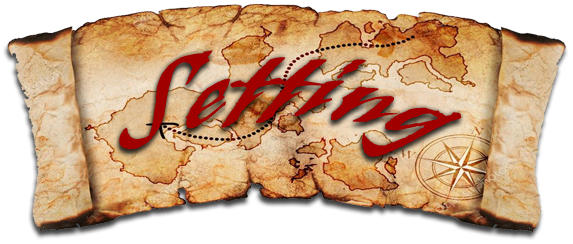


The adventure path begins in late spring (Mirtul 1, the day after Greengrass) of the Year of Risen Elfkin (1375 DR) in the city of Tashluta, along the south coast of the Shining Sea, just east of the Jungles of Chult.
In this game, there is no Shadow Weave, and the Time of Troubles never occurred (and this is well before the Spellplague). Thus Bane, Bhaal, Myrkul and Mask remain the gods of hatred and tyranny, murder, death, and thieves, respectively. Lord Ao does not exist (and of course, neither do Cyric or Kelemvor).
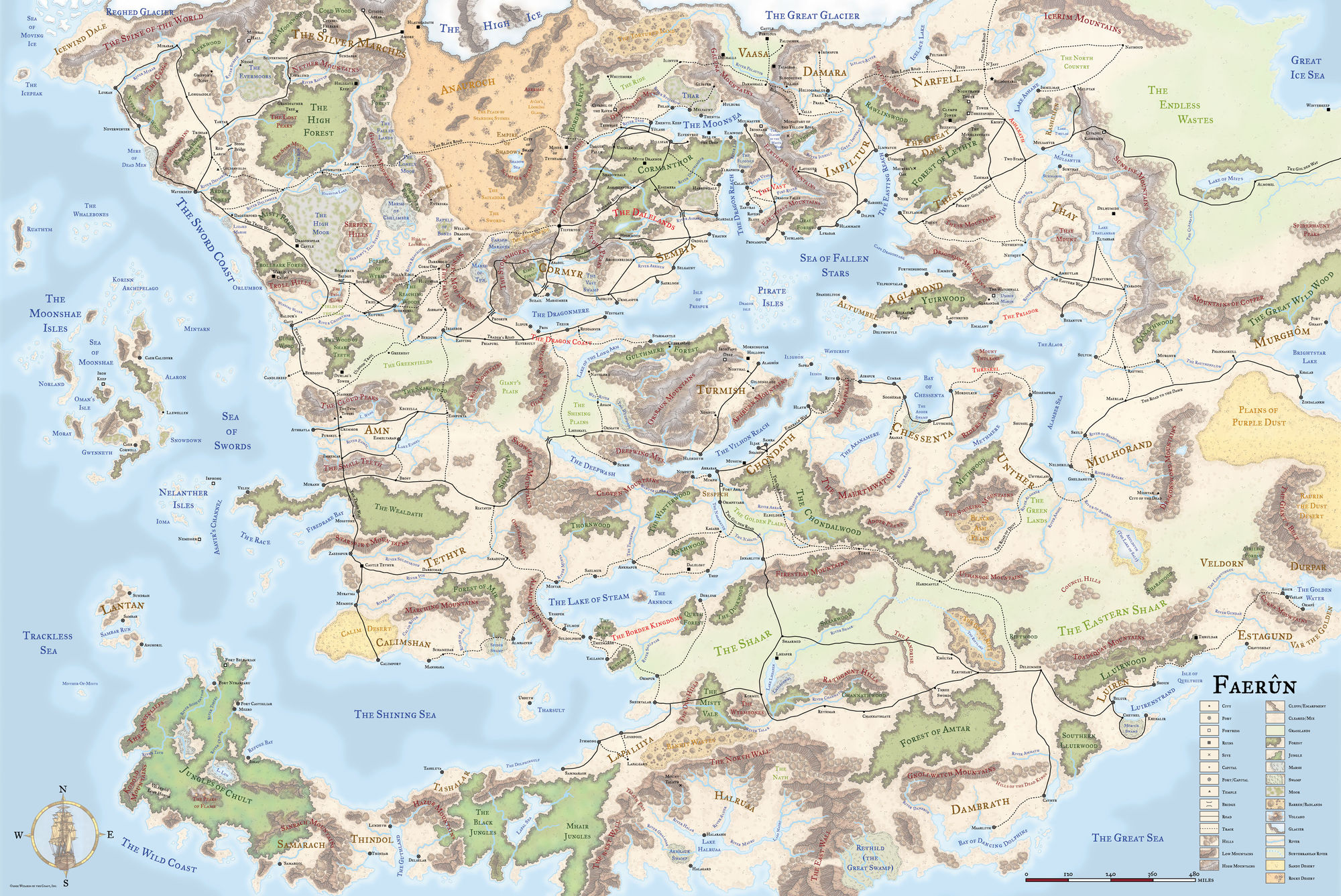
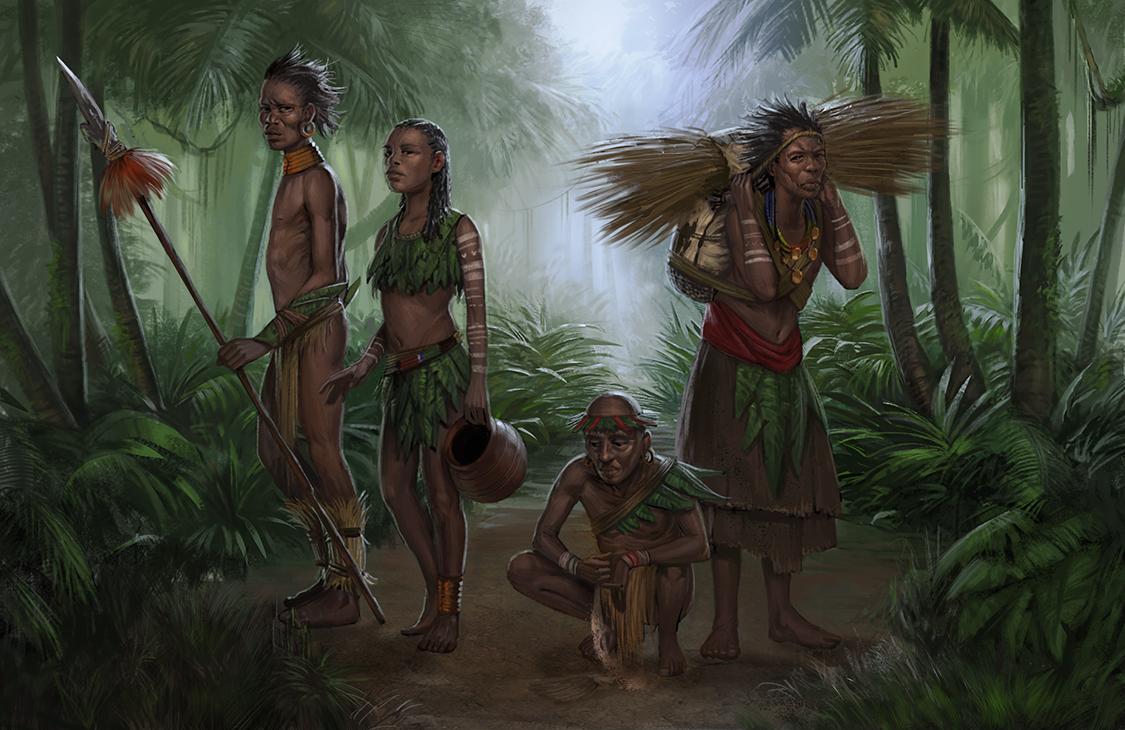
Located at the westernmost end of the Chultan peninsula, Chult is a mountainous jungle of savage beasts, hulking dinosaurs, and disease- ridden swamps. Reclusive human tribes, fierce goblins, and strange monstrous folk haunt this dangerous land. Nevertheless, Chult draws adventurers who search for its legendary riches. Faith in the many aspects of the deity Ubtao holds dominion in this land.
The humans of Chult live in small tribal villages of ten to fifteen family units, moving yearly when the poor soil becomes depleted. They use weapons that don't require much metal, such as handaxes, bows, clubs, halfspears, bolas, knives, and shortspears. Iron and steel are too rare for the Chultans to produce metal armor in any quantity, so their warriors wear hide breastplates and carry large, oval-shaped hide shields.
Tribal custom restricts the practice of sorcery and wizardry among the rural clans, although people with an aptitude for magic are as common in Chult as they are anywhere else. Only one wielder of arcane magic is permitted to practice his or her craft in any given clan or village. These sorcerers and wizards participate in hunting ceremonies and brew potions to aid the warriors. Renegade mages hide in the jungle and study magic in secret, or abandon their home villages to travel to the college in Mezro. The Chultans distrust power and wealth, preferring to live simply and trading excess valuables for useful goods.
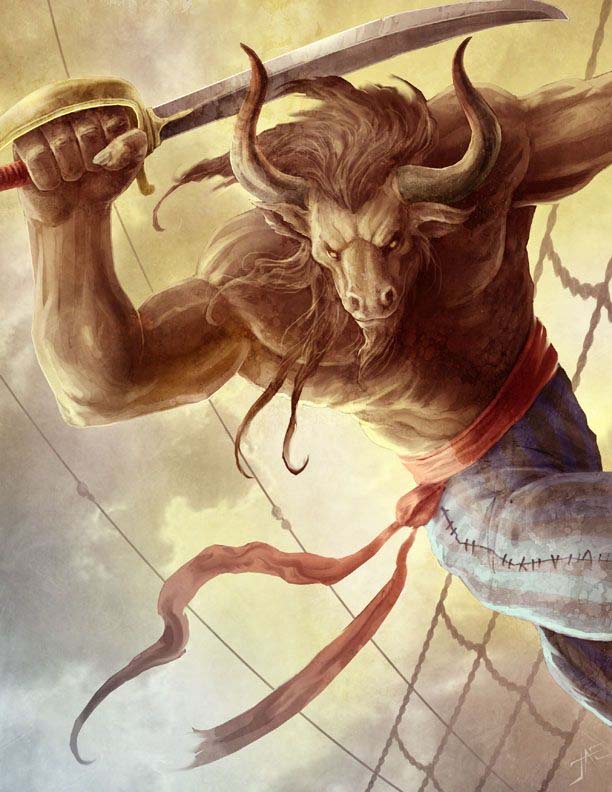
This large chain of isles north of the jungles of Chult can't help but be a threat. The fanatical raiders who call these islands home can be found roving all over the Trackless Sea and the Shining Sea. Their isles encompass a series of rapacious civilizations that the early Explorer-Kings dubbed the Nelanther Isles. Piracy is only the beginning of the vices found here. Degenerate descendents of orcs, minotaurs, lizardfolk, ogres, and a few more exotic races call these lands home. Rumors abound of debauched ports containing enslaved populations, vile cults, dark magic, and much worse. Fiend worshiping is almost a certainty. Little to nothing is known about their leaders or their ultimate goals (if any), but the dread and dismay they create in the region is palpable. Of all the pirate gangs, none is more feared than the Crimson Fleet, who sail from the hidden port of Skaug.
More civilized than Chult and more friendly than Calimshan, Tashalar is an exotic land of strange food, beautiful people, and great wealth. The skilled craftsfolk make excellent crossbows and fast ships. The accomplished hunters keep trophies of their most dangerous kills. The people of Tashalar live on the strip of friendly coastline along the southern Shining Sea, avoiding the Black Jungles and entering the Hazuk Mountains only occasionally to mine for gold and iron.
Overshadowing this wealth and splendor are the Rundeen consortium that puts a chokehold on trade and the evil yuan-ti that haunt the jungles.
Because of their woes with the yuan-ti, snakes of all kinds are particularly hated and feared in the Tashalar.

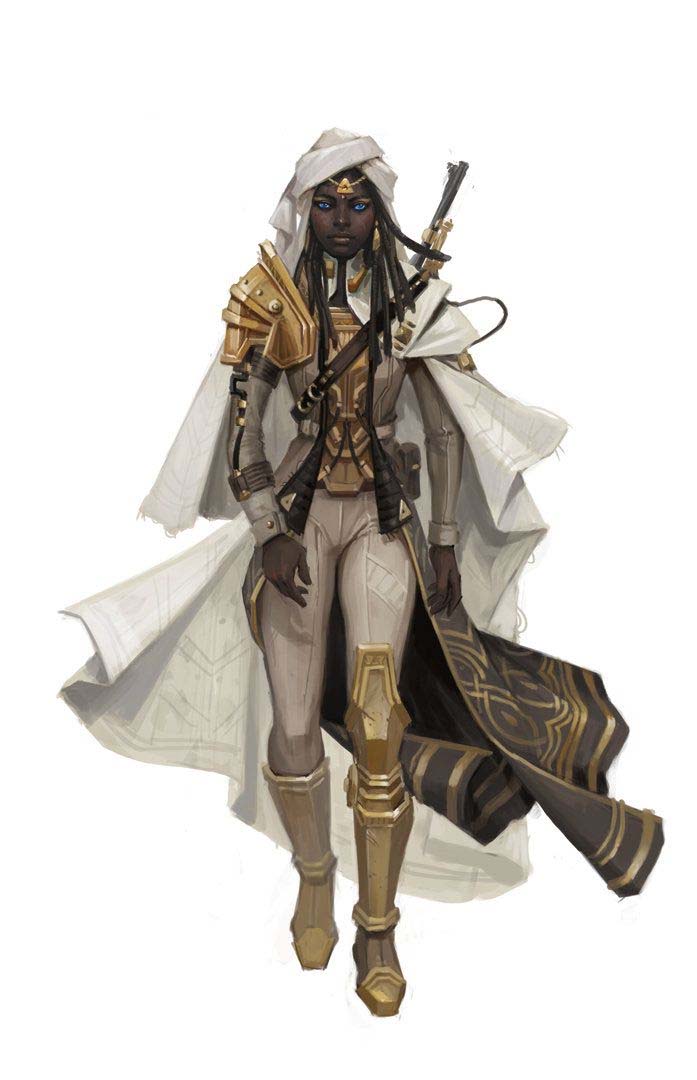
Although many use the term "the Tashalar" to broadly refer to the Tashtan Coast, which stretches from Narubel to Sheirtalar, in truth it refers only to the Tashalar Basin, which is encircled by the peaks of the Hazur Mountains. The Tashalar is a verdant coastal area full of bountiful vineyards, gardens, and groves of olive trees. Tashalaran harvests are shipped north to ports in Calimshan and along the Lake of Steam, and from there to the rest of Faerun. Tashalaran grapes are so perfect that even the worst vineyard of the region produces wines worth 100 gp or more in Waterdeep.
Tashalarans are famed for their skilled craftsmanship, hunting prowess, shipbuilding, exotic spicy cuisine, and winemaking, and they have adopted much of the high culture of Calimshan over the years. Tashlutans (as inhabitants of the capitol city are known) are warm and welcoming to strangers, and many speak foreign tongues. Attitudes quickly change in the smaller settlements of the countryside, however.
Most of the Chultans, lizardfolk, and Shaarans living in the Tashalar are slaves purchased in foreign markets. But slaves comprise only a small percentage of the total population, despite the willingness of Tashalaran merchants to traffic in sentient lives. Most Tashalaran commoners labor in the fields, groves, or vineyards, although some work as sailors, shipwrights, sailmakers and provisioners. The wealthy merchant families dwell in ostentatious palaces, dividing their time between their country estates (most of which include a hamlet just outside the villa walls) and the elite districts of Tashluta. Hunting is a popular sport among the merchant nobility, and the bravest hunters seek out the deadly denizens of the Black Jungles (albeit in the tamer reaches north of the Tashan Gap) as trophies. The merchants of the Tashalar defend their country with a fleet of fast ships.
The larger towns of Tashalar (small city-states, really) are home to wealthy and ostentatious merchant families. The "princes" of these families control the merchant consortiums that rule the country. Those common folk who don't make their living in the fields, groves, or vineyards work as sailors, shipwrights, sail makers, and provisionary.
Spicy food and strong wine are the typical dining fare. The folk of Tashalar obsess over the future, and every adult owns at least one set of cards or plaques used for personal divinations. (Wealthier folk own ones made of silver or ivory.) The people see the hand of Savras the All-Seeing in their daily card readings, numerology, and astrology.

Tashluta's skyline is dominated by sprawling edifices along the ridges of the ancient caldera. To the west lies the temple of Talona known as House of Night's Embrace, and to the east lies the House of the All-Seeing Orb, a temple to Savras. Along the southern ridgeline stand the mansions of Tashluta's mercantile elite, and below these are the smaller homes of Tashluta's middle and lower classes. In general, proximity to the harbor is regarded as a mark of low status.
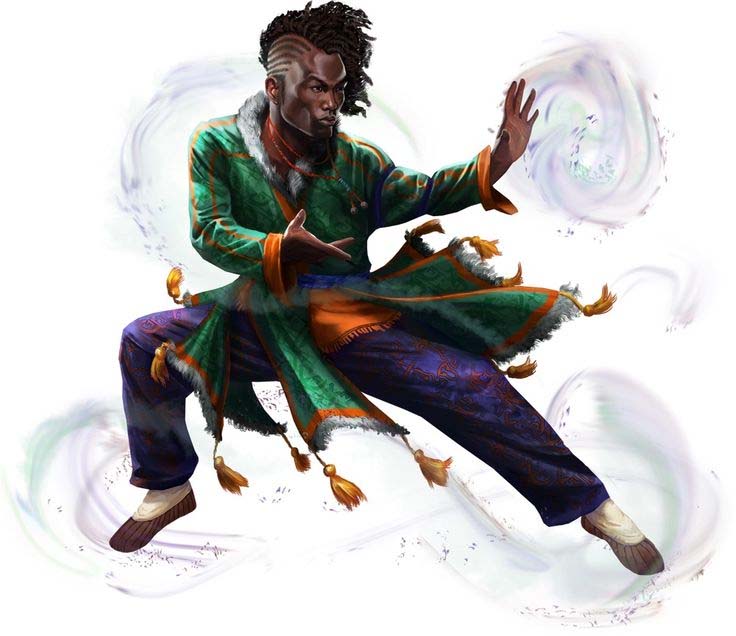
The capitol of the Tashalar is the common port for visitors to the Chultan Peninsula because only here do the locals learn many foreign tongues. Tashlutans enjoy playing jokes - usually involving incredibly spicy food - on foreigners. Because the populace is ever fearful of encroachment by the yuan-ti, snakes of any sort and most other reptiles are immediately killed.
The most prominent deities in Tashluta include Talona and Savras. Lesser faiths include Anachtyr, a southern aspect of Tyr, Lathander, Shaundakul, Tempus, Umberlee, and Waukeen. Hidden cults venerate Myrkul, Shar, and Velsharoon.
House of Night's Embrace (Talona): This fortified temple-palace towers over the rest of Tashluta from its position on the western ridge of the city's caldera. The House of Night's Embrace is currently the Lady of Poison's preeminent temple in Faerun.
House of the All-Seeing Orb (Savras): This sprawling complex is administered by the Farseer, arguably the most powerful diviner in Faerun after Zalathorm, the Wizard-King of Halruaa. Home to more than a thousand scholars, the temple houses the College of Divination, the Celestial Observatory, and the Library of Ultimate Truth. Many of the scrying devices used in Faerun and quite a few of the newer arcane divination spells were constructed or researched at this temple.